We try a dubious-sounding “wet dorayaki” and are in for more than one surprise
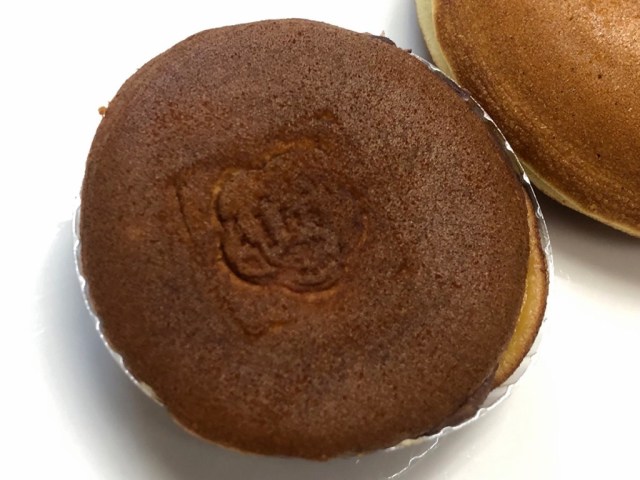
A new twist on one of Japan’s favorite traditional sweet snacks.
Dorayaki, for the uninitiated, is a Japanese confection consisting of two small pancake-like buns with a red bean paste filling. It’s a favorite snack among Japanese people (and blue robot cats) of all ages. Here’s another key point: the encasing buns are soft, but decidedly dry.
When our Japanese-language correspondent Yuichiro Wasai caught wind of something advertised as a nure dorayaki (hereafter a “wet dorayaki,” for lack of a slightly more appetizing English name), he was both intrigued and repelled. This particular variation of the beloved snack is sold by Baigetsudo, a Kagoshima-based confectioner that’s over 90 years old. Their wet dorayaki sell for 250 yen (US$2.41) each and can be purchased online.
▼ A wet dorayaki from Baigetsudo
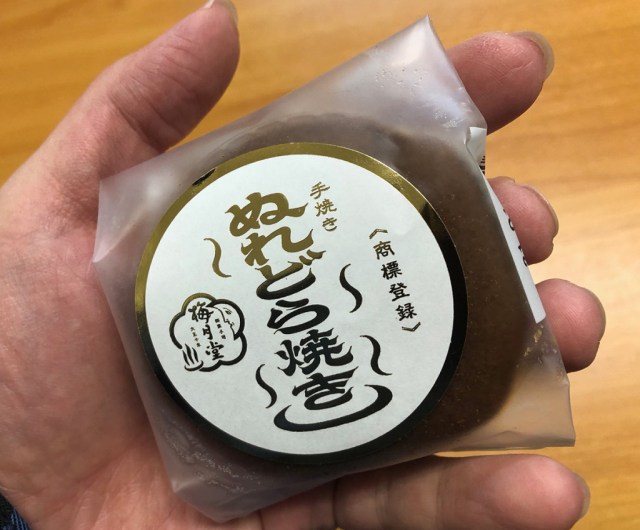
But why would you go through all the trouble of making a snack that’s already popular the way it is purposely wet when it doesn’t need to be? Yuichiro just didn’t see the point of it all. He’d previously tried nure senbei (“wet rice crackers”) before and imagined that wet dorayaki must be something along similar lines. Were they supposed to be even tastier when wet? The more he thought about it the more it bothered him so he promptly ordered a batch to find out.
For comparison purposes, he also purchased a normal (i.e., “dry”) dorayaki at Lawson for 145 yen.
▼ Wet dorayaki (left) and regular dorayaki (right)
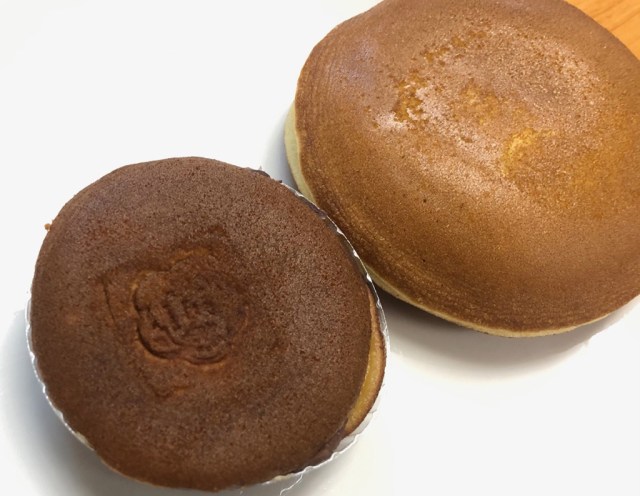
Besides the readily apparent difference in size, he received quite the shock the moment he opened the wet dorayaki’s package……and discovered that the wet dorayaki wasn’t actually wet!
Well, OK–it was a little bit moist, but nowhere near the level of the wet senbei he’d had before. He’d been expecting it to be sopping wet or coated in honey or something, so this was a bit of surprise. Compared to the huge gap between the wet senbei and the normal senbei, there wasn’t a strikingly huge difference between the two dorayaki.

Even the texture between the two didn’t feel that far off. In fact, if he dared to say it, the normal dorayaki left an even stickier residue on his fingers than the wet one did.
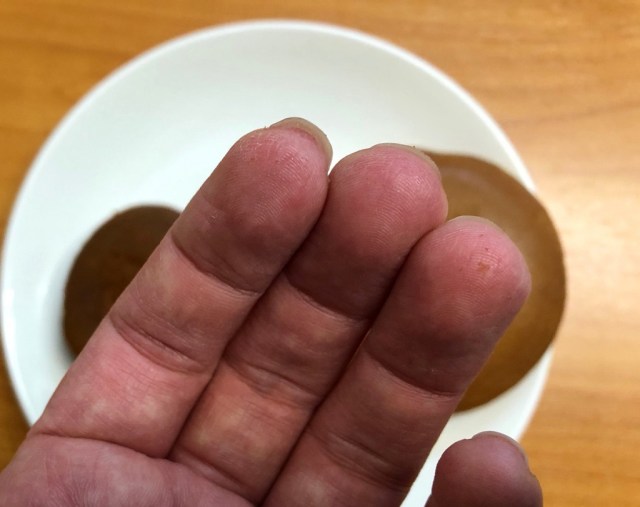
Yuichiro was determined to get to the bottom of things so he called Baigetsu. It turned out that their wet dorayaki are called as such because they’re slightly moister than regular ones. His experience with the–very–wet senbei had given him a false impression.
There was one other major difference between the two: the anko filling was positively bursting out of the wet dorayaki’s buns like a sandwich filling.
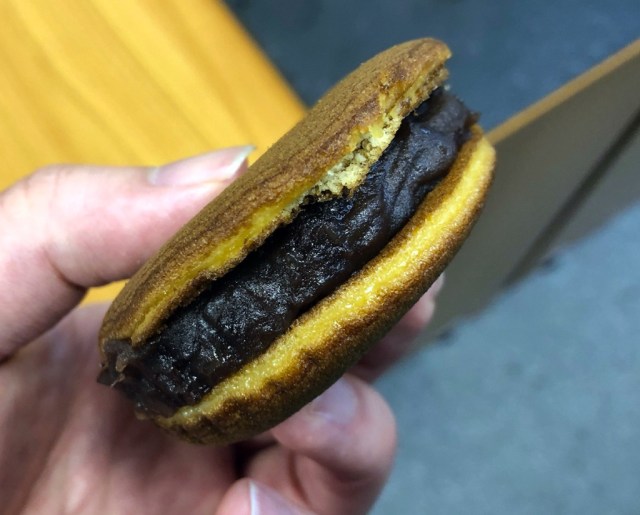
▼ An unmistakably larger proportion of anko to bun
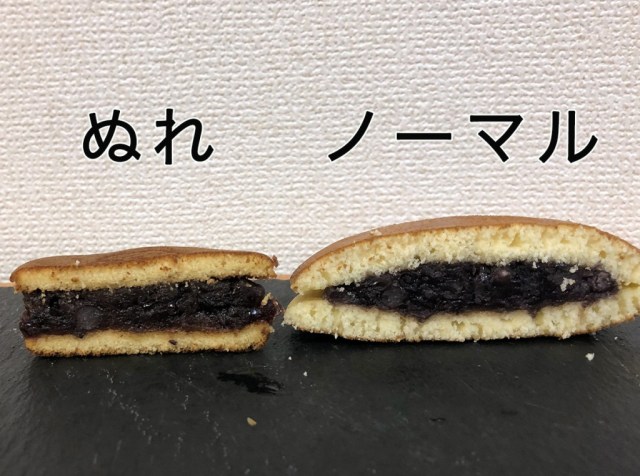
Because of that extra helping of anko, the wet dorayaki’s filling and buns balanced each other evenly. The normal dorayaki definitely tasted “breadier” as a result. He didn’t consider that to be a bad thing necessarily, but the wet dorayaki packed more of a punch. All in all, they were both delicious in their own way.
For more variations on the basic dorayaki, check out this giant dorayaki and these simultaneously sweet and terrifying “face dorayaki.”
Related: Baigetsudo
All images © SoraNews24
● Want to hear about SoraNews24’s latest articles as soon as they’re published? Follow us on Facebook and Twitter!
Credit:

0 comments:
Post a Comment